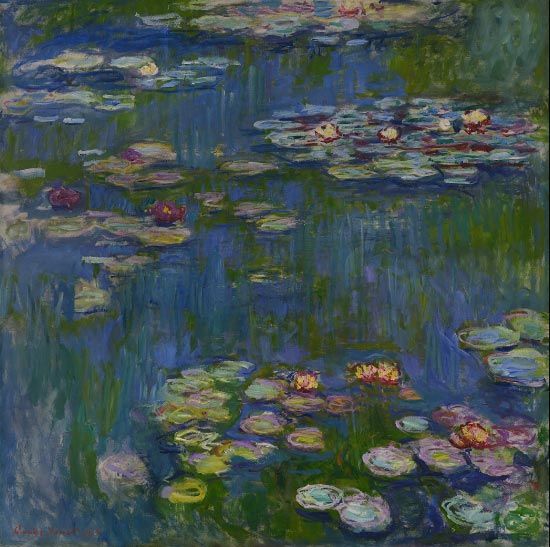Scumbling Technique: Oil Painting

Hello there oil painting lovers, thinking of you, we've decided to create an amazing series of posts about oil painting techniques.
These techniques will help you to improve your skills and give you more confidence on your next paintings.
Today we'll talk about the SCUMBLING technique.
The scumbling oil painting technique is a great way to add texture and interest to your paintings. This technique involves using a dry brush to apply a thin layer of paint to the surface of the painting.
The paint will dry fast, so you'll need to work quickly and be sure to keep your brushstrokes light. This technique is best suited for creating backgrounds or adding texture to existing paintings.
This technique was used by Claude Monet.
He used the technique in many of his paintings to build up a stunning vibration of color. In particular, his paintings of haystacks, water lilies and the Rouen Cathedral are great examples of this.

To get started, you'll need a few supplies:
-Oil paint
-Paintbrush
-Palette knife
-Palette or plate
-Water
First, you'll need to choose your colors. You can use any color or combination of colors that you like. Once you've decided on your colors, mix them together on your palette or plate. Then, load your brush with paint and apply it to the surface of the painting. Be sure to work quickly and keep your brushstrokes light. As the paint dries, it will create a textured effect. You can experiment with different brushstrokes and colors to create different effects.
The difference between glaze and scumble: Scumble layer is where paint, usually opaque, has been brushed on without the addition of medium, allowing parts of the underneath layers to show through. While the glaze is a thin layer of paint – which has been mixed with medium – brushed over a previous layer or layers.

How to apply Scumbling to your Paintings?
Now that you know what the scumbling technique is, it's time to learn how to apply it to your paintings. Here are a few tips to help you get started:
-Start with a light touch. Use a dry brush and light pressure to avoid disturbing the underlying layers of paint.
-With a clean palette knife, pull a bit of paint from one element into the other.
-Work quickly. The paint will dry fast, so you'll need to work quickly to avoid smudging or disturbing the dried paint.
-Experiment with different colors and brushstrokes. Try different combinations of colors and brushstrokes to create different effects.
-Have fun! This is a great technique to experiment with. Try different things and see what you like best.
When you're finished, allow the painting to dry completely before framing it or displaying it.

D'Artisan Shoppe 15pc profesional brush set
4 natural hog hair bristle brushes and 11 synthetic bristle brushes to create the brush strokes you need.

